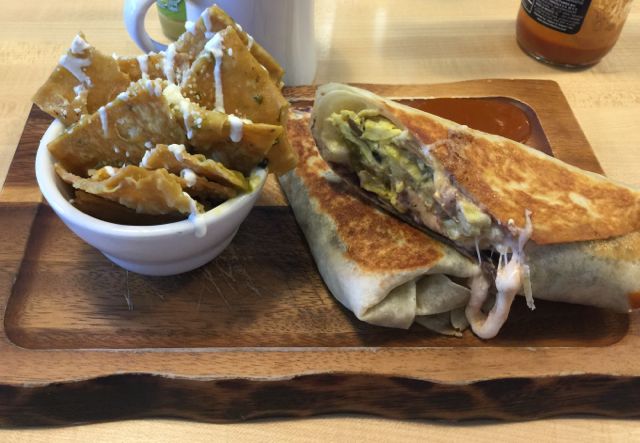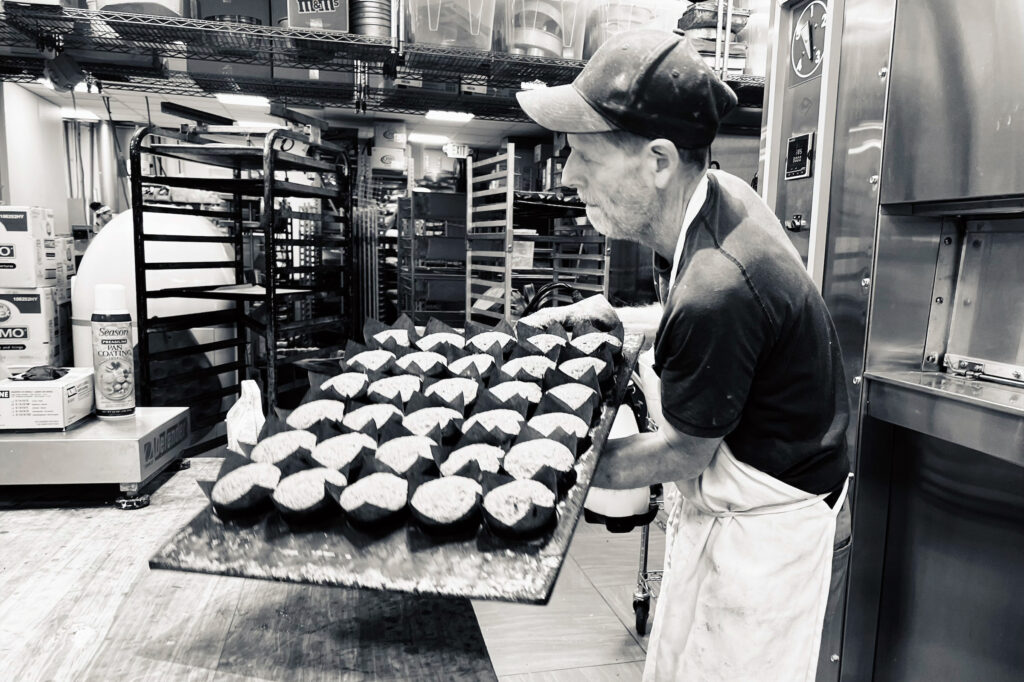You might disagree, but I say the most impressive thing that’s happened in Louisville restaurants this year was the gutsy and rapid shutdown, strip down and remake of Germantown Craft House into Goss Avenue Pub.
Craft House opened last August, but found itself way off the rails by the late fall. But instead making short-term tweaks and denying reality, its partners saw they were cannibalizing sales at its sister concept, Crescent Hill Craft House, and admitted they’d misaligned the concept to the blue collar cum hipster vibe of the Germantown-Schnitzelburg ‘hood.
They retrofitted it to its surroundings by hiring a consultant chef to create a completely new menu, reducing its craft beer lineup by pouring in some predictable and lower-cost domestics, adding tabletop games and trivia nights—all without changing the look of what is one of the more attractive new restaurants in the city.

And it’s working. Many love it and they’re returning frequently.
Sadly, the will to admit a concept has run its course, close the doors, retool and reopen as something else is lacking in the hearts of many restaurateurs. Just like every human, every business has a lifespan, and those businesses that outlast their founders are, for the most part, unusual.
In the same way humans utilize living wills, some restaurant concepts could also. Were such a thing created—and I can see the lawyers trying to figure this out as they read along—one line might read, “If for a pre-determined, extended period of time, customer counts decline 40 percent below comparisons for this restaurant’s best years, it’s time to end financial life support.”
I’ve seen this lifecycle begun and completed many times. A concept is launched, it’s a hit, sales pour in, guests are wooed and become fans for a generation. And yet despite those concepts sticking to exactly the formulae that worked so well for so long, customer traffic starts a steady decline somewhere around year 20. Sure, old diehard loyalists return because it’s their favorite place, or a place where they courted future spouses and celebrated anniversaries—or they were just complacent in their dining out routines.
But new guests don’t come because they see those aged concepts as unexciting, uninspiring and not connected to their modern lifestyles. Or, worse, they see it as the place where their parents courted and celebrated their anniversaries.
For a veteran operator, letting go of a concept must be unbelievably hard. I hear restaurateurs refer to their businesses as “my babies” all the time. Given that they created, nurtured and led those concepts to maturity and self-sufficiency, one can see exactly why they consider it as their own child.
But even the best-reared child must leave the nest—whether by natural desire for freedom or force of his parents—to create his own life. Parenting ends and a new life begins for Mom, Dad and the kiddo. All of that can be heartbreaking, but it’s healthy. Just like it can be in restaurant concepts.
Here’s a fact that never fails to amaze me: When chain restaurants do expensive makeovers to their exteriors and interiors, sales jump an average of 10 to 15 percent—even though there’s nothing new on offer to eat or drink. Just the mere appearance of change is stimulus enough to get customers through the door!
Some might claim that only proves P.T. Barnum’s saying, that “a sucker is born every minute.” But it proves beyond doubt that changes boost sales.
Want to see that reality in action? Just visit Goss Avenue Pub. Not just on weekends, when most places are busy already, but on any evening of the week. You’ll be impressed.










